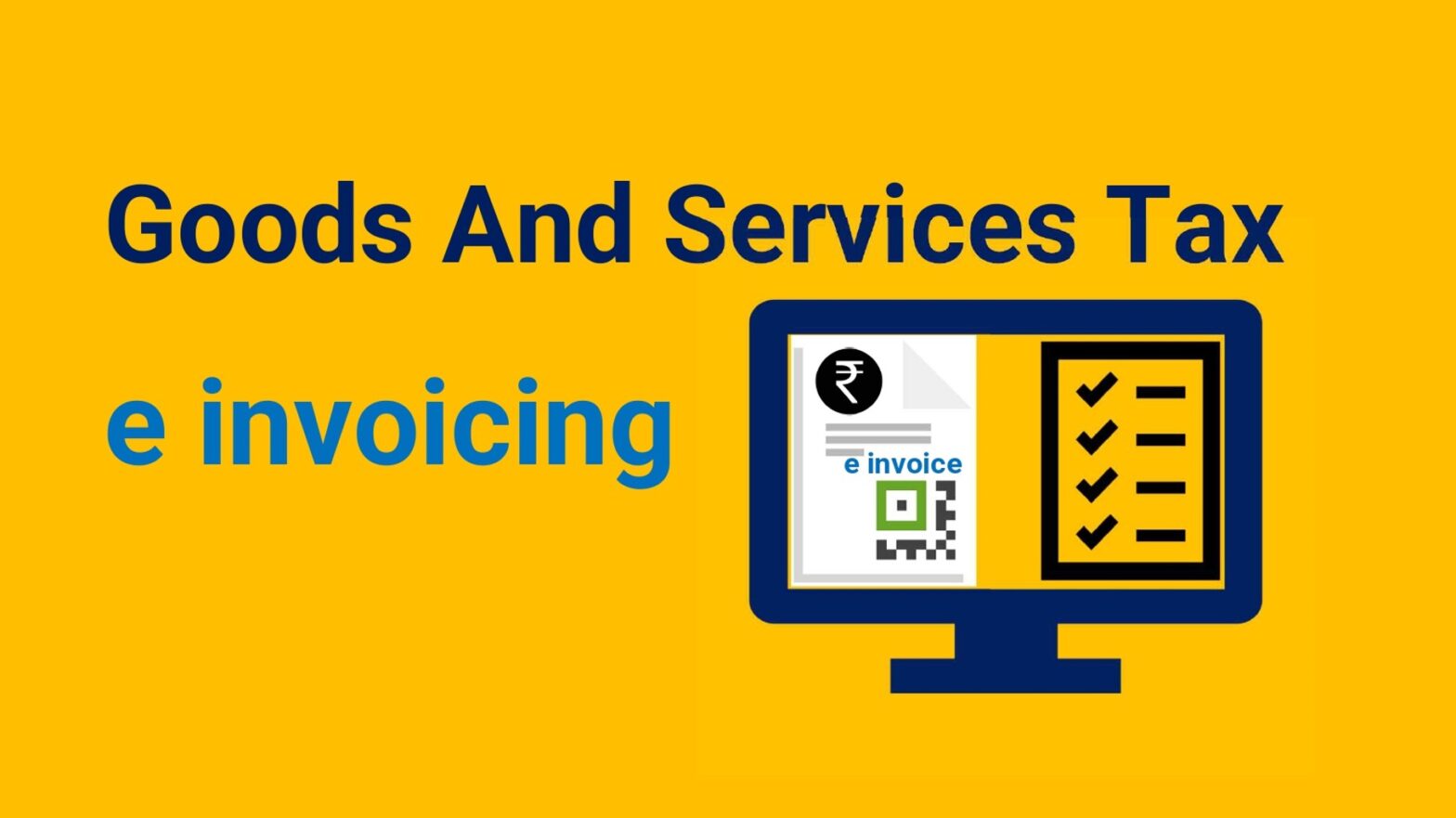
e-Invoice under GST
e-Invoice is a system in which B2B invoices are authenticated electronically by GSTN for further use on the common GST portal. Under the electronic invoicing system, an identification number will be issued against every invoice by the Invoice Registration Portal (IRP) to be managed by the GST Network (GSTN).
All invoice information is transferred from einvoice1.gst.gov.in portal to both the GST portal and e-way bill portal in real-time. Therefore, it eliminates the need for manual data entry while filing GSTR-1 return as well as generation of part-A of the e-way bills, as the information is passed directly by the IRP to GST portal.
Businesses have the following benefits by using e-invoice initiated by GSTN
- E-invoice resolves and plugs a major gap in data reconciliation
- Reduce mismatch errors.
- Allowing interoperability and help reduce data entry errors.
- Real-time tracking of invoices.
- Backward integration and automation of the tax return filing process
- Faster availability of genuine input tax credit.
Limit of e invoicing under GST
- The limit of Rs. 500 Crore from 1st October 2020
- The limit of Rs. 100 Crore from 1st January 2021
- The limit of Rs. 50 Crore from 1st April 2021
- Now it is Rs. 20 Crore from 1st April 2022
If the turnover in any of the financial years from 2017-18 till now exceeds the aggregate turnover limit then e-invoicing is applicable.
As per Rule 48(4) of the CGST Rules, 2017, an e-invoice is required to be prepared by the taxpayer by uploading the specified particulars in FORM GST INV-01 on the Invoice Registration Portal (IRP) and obtain the Invoice Reference Number (IRN).
E-invoicing shall not be applicable to the following –
- Insurance company
- banking company
- financial institution
- NBFC
- SEZ unit
- Goods Transport Agency (GTA)
- Passenger transportation services
- Multiplex cinema
- Government department
- Local authority
